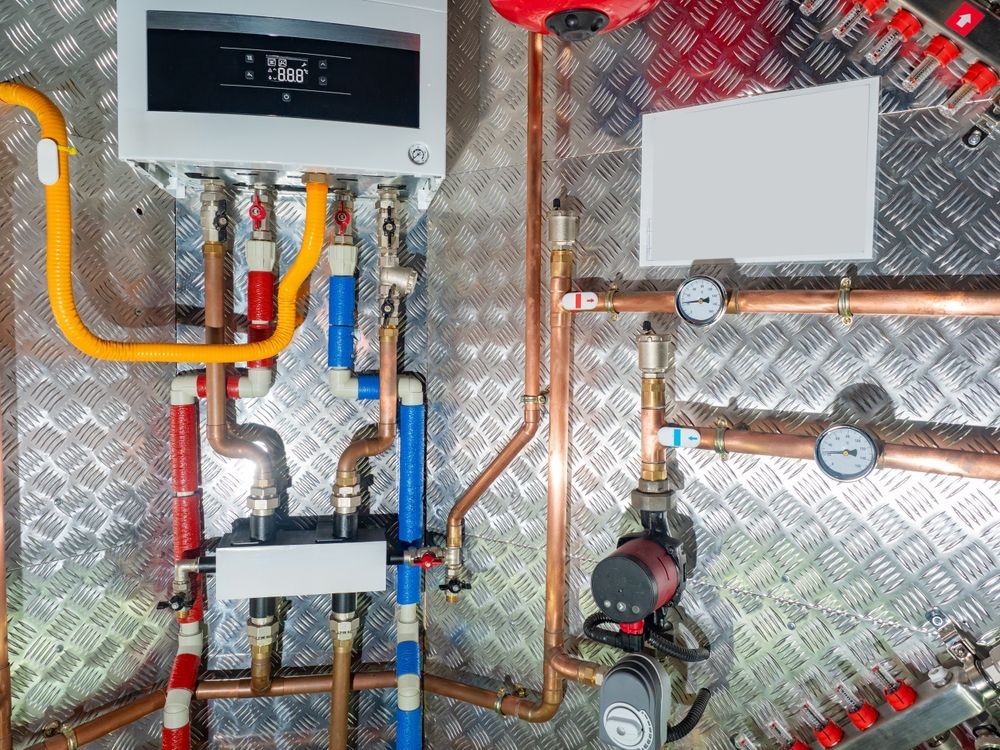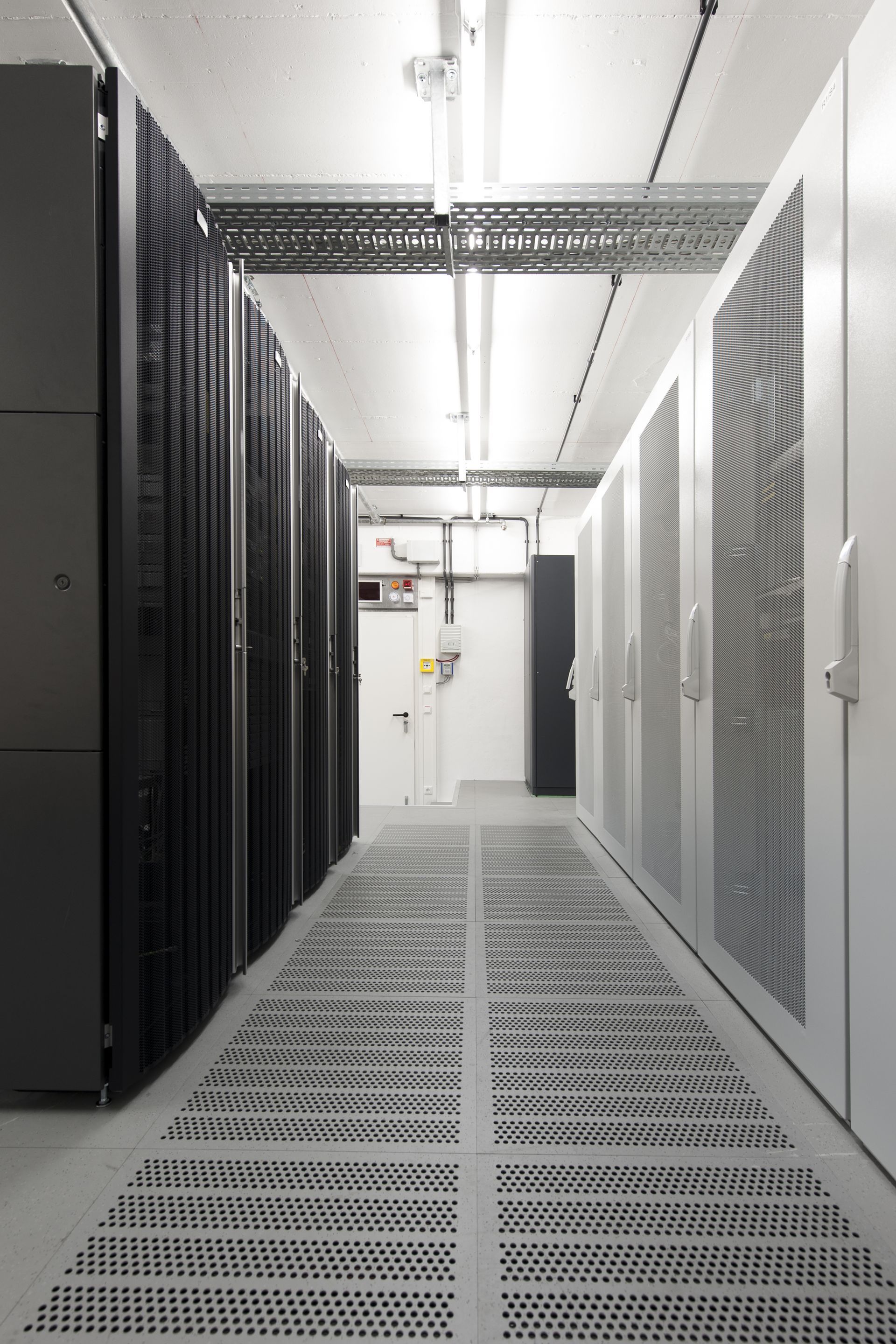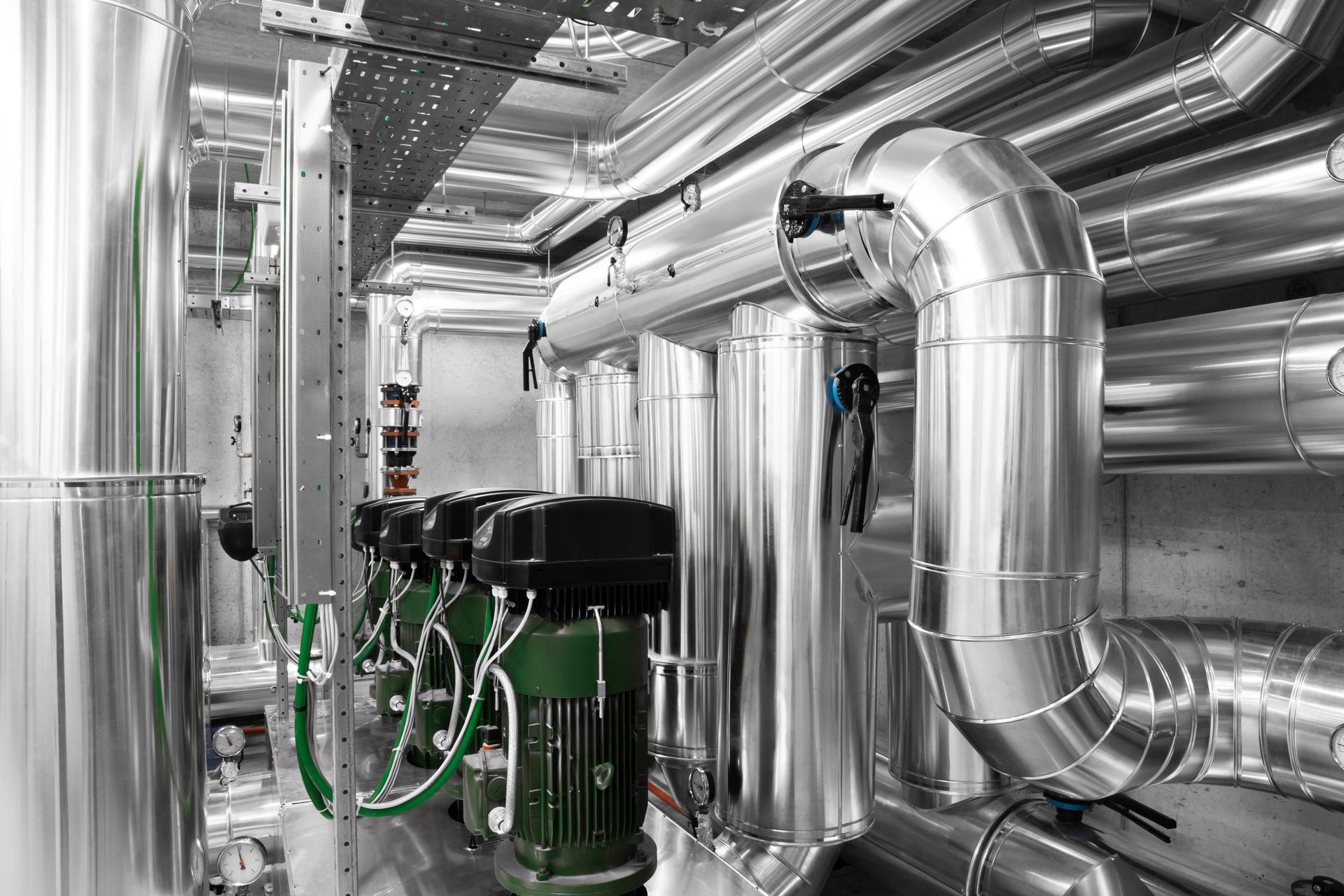Insider’s Guide to the HVAC Refrigeration Cycle
Written by: 1 Source Mechanical
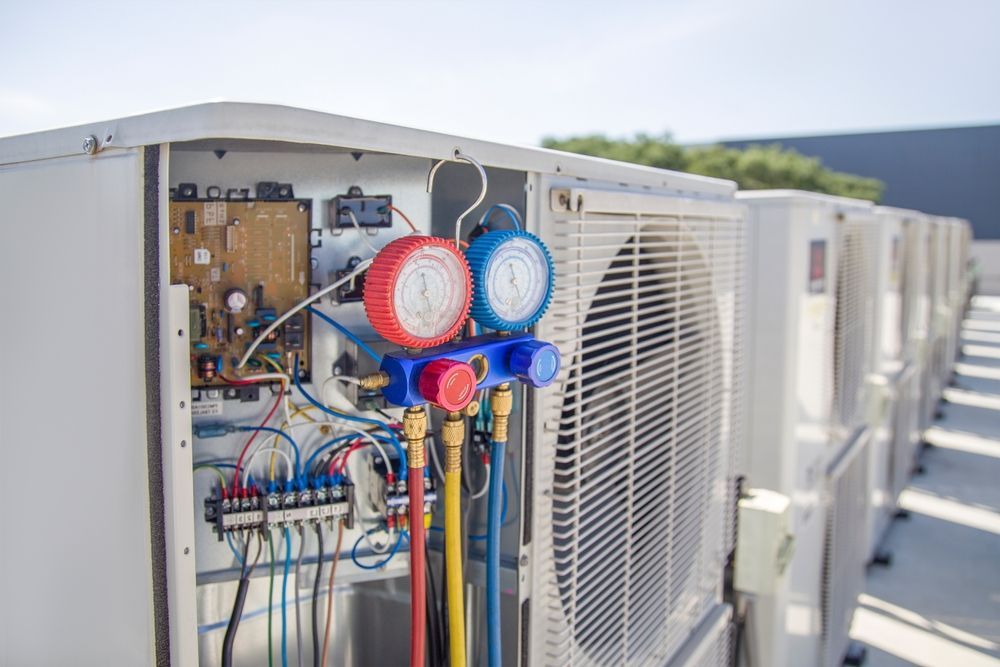
What is a Refrigeration Cycle?
From a user’s perspective, air conditioning is simple. You set the thermostat, and cool air comes out when the indoor temperature goes above the target. But have you wondered what goes on behind the scenes? As it turns out, AC operates through something called the refrigeration cycle.
The HVAC refrigeration cycle consists of four processes that pipe refrigerant through the system. The components of the cycle control the temperature and pressure of the refrigerant, and thus control its energy level, as it passes from one component to another. When the refrigerant is hot, its energy level is high, and it’s ready to release heat. When the refrigerant has been cooled, its energy is low, and that’s when it can absorb heat and cool a room.
The Principles of Thermodynamics
The refrigeration cycle works because of the principles of thermodynamics. Thermodynamics is the science that describes the transfer of energy from one form to another. Heat is one of these forms of energy.
There are four laws of thermodynamics.
The Zeroth Law: What Temperature Really Means
At one time, only three laws had been described, but then a new one was added. Since all the other laws depend on it, it didn’t seem right to call in number four. That’s why it’s the zeroth law.
It states that when two systems are in thermal equilibrium with a third, the two are in equilibrium with each other. In other words, if room A and room B are both the same temperature as room C, then A and B are the same temperature as each other. That may sound obvious, but it’s important because it defines temperature as something that can be measured. It makes thermometers meaningful.
The First Law: Energy Can’t Appear Out of Nowhere
This is also called the law of conservation of energy. It says that energy is never created or destroyed, but can only be converted from one form to another. It takes energy to heat refrigerant in a system, and that energy is transferred into the refrigerant and increases its energy level. When the refrigerant cools, its energy is transferred into another form.
The Second Law: Heat Moves from Hot to Cold
This is something we all know, but the second law makes it explicit. If you put an ice cube in a glass, the ice melts because warmer air moves into it. The air in the glass doesn’t freeze. In air conditioning, warm air in a room moves into the colder refrigerant. If the refrigerant is then pressurized so that it becomes warmer, when it gets outside, its heat is released into the cooler outside air.
The Third Law: Nothing Moves at Absolute Zero
Warmer molecules, whether of air, refrigerant, or some other substance, move around more than molecules in a cold medium. There really isn’t any such thing as cold; cold simply describes the absence of heat.
Absolute zero is the condition where there is no heat at all and molecules don’t move. Getting something to absolute zero is impossible because there’s always something warmer touching it with heat that can move in.
How Does the Refrigeration Cycle Work?
Refrigerant is piped through four components – the compressor, the condenser, the expansion valve, and the evaporator. These control when the fluid absorbs heat and when it releases it. The cycle absorbs heat when it cools the interior of a building, and it releases heat when it releases cool air into the outside atmosphere.
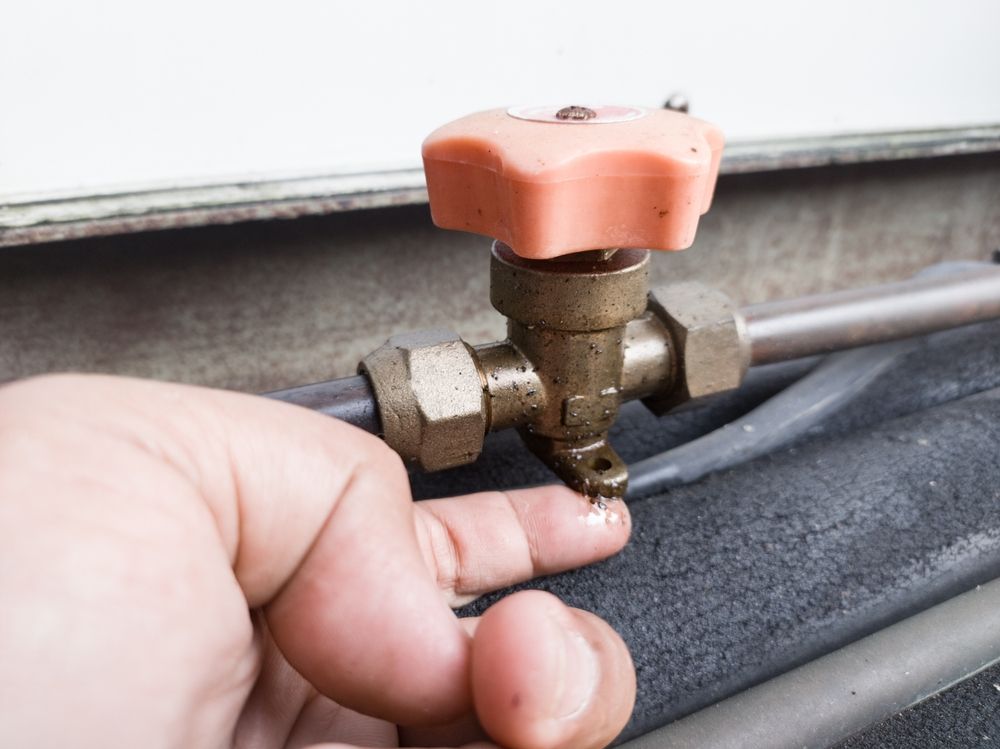
The Compression Process
The compressor is the heart of the refrigeration cycle; it pushes the refrigerant through the system. It takes in cool, low-pressure gas refrigerant and compresses it into an extremely hot and high-pressure vapor. There isn’t any heat exchange with the indoor or outdoor air at this point, the compressor is preparing the refrigerant to make the circuit. It takes more power to run the compressor than any other component.
The Condensation Process
Next, the condenser cools the refrigerant and turns it into a liquid. Warm air from outside blows across the condenser coil, which is filled with hot refrigerant gas. The heat from the coil moves to the cooler outdoor air and diffuses into that air. The coil twists and winds through the condenser to maximize the surface area so it can transfer as much heat as possible. The condensation process turns the refrigerant from a gas into a hot, pressurized liquid.
The Expansion Process
The expansion device exists to reduce refrigerant pressure. It’s a step that’s required to prepare the refrigerant for evaporation. It drops the pressure so rapidly that the hot, high-pressure liquid refrigerant is converted into a combination of cold liquid and vapor.
The Evaporation Process
This is where the AC creates the cold air that will actually be forced into the rooms. It boils the refrigerant as it flows through. The building’s warm blows across the evaporator at the same time the cold refrigerant is moving through the evaporator coils. As in the condenser, the coils twist and wind to maximize surface area and heat transfer. Heat moves from the air to the refrigerant so that the air becomes cooler. This cooled air is what gets vented into the room. In the process, the low-pressure liquid refrigerant gets boiled, and the result is a cool, low-pressure vapor that goes back to the compressor and completes the cycle.
Trouble With Your Commercial Refrigeration? Reach Out Today!
If your commercial refrigeration unit is not operating as it should, understanding the laws of thermodynamics and the steps of the refrigeration cycles will be of limited help. You need an experienced and qualified HVAC expert to diagnose and resolve your problem.
That’s where 1 Source Mechanical comes in. We’re the greater Chicago area’s premier commercial HVAC company. We’re locally owned, we offer installation, repair, and maintenance, and we’re available for emergencies 24/7. Contact us for no-hassle service that is budget-effective, energy-saving, and done right every time.

